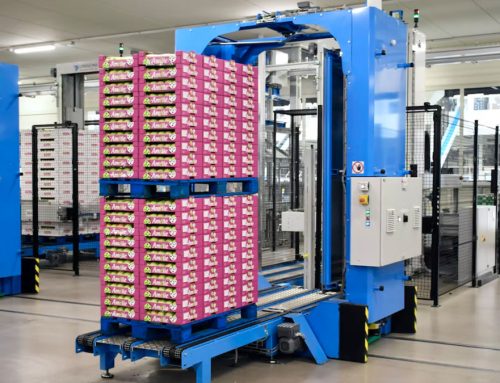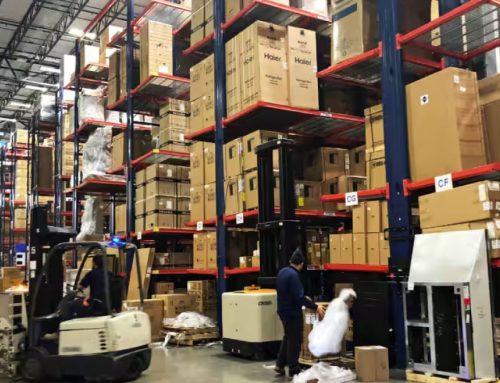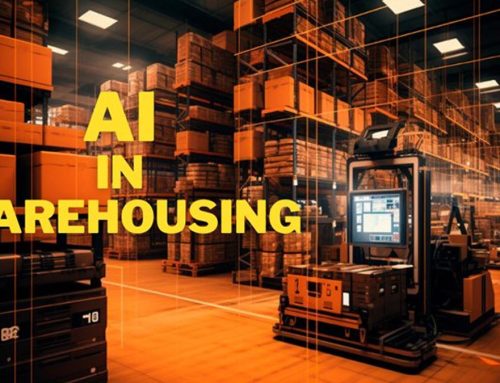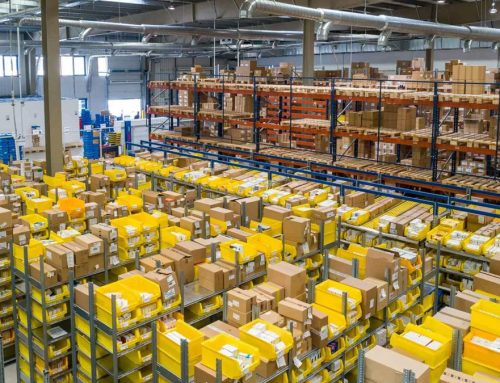Next-Gen Warehouse Management: Navigating the Landscape of Automation in 2024

Posted on: February 19, 2024
With the advent of advanced technologies, warehouses are undergoing a significant transformation, moving towards automation at an unprecedented pace. In 2024, the landscape of warehouse management is characterized by next-generation automation solutions that promise increased efficiency, accuracy, and scalability.
With the advent of advanced technologies, warehouses are undergoing a significant transformation, moving towards automation at an unprecedented pace. In 2024, the landscape of warehouse management is characterized by next-generation automation solutions that promise increased efficiency, accuracy, and scalability Navigating this evolving landscape requires a deep understanding of emerging technologies and their potential impact on operations.
One of the key trends shaping warehouse management in 2024 is the widespread adoption of robotics. Robots are being deployed for various tasks,
ranging from goods movement to inventory management. Autonomous mobile robots (AMRs) equipped with sensors and advanced navigation systems
can efficiently navigate warehouse environments, picking and transporting goods with precision. These robots work alongside human workers,
augmenting their capabilities and streamlining operations. Moreover, collaborative robots, or cobots, are increasingly utilized for tasks that require
human dexterity and decision-making, such as order fulfillment and packing.
Another critical aspect of next-gen warehouse management is the integration of artificial intelligence (AI) and machine learning (ML) algorithms. These
technologies enable warehouses to analyze vast amounts of data in real-time, providing valuable insights for decision-making. AI-powered predictive
analytics can forecast demand, optimize inventory levels, and anticipate maintenance needs, helping warehouses operate more efficiently and costeffectively. Furthermore, ML algorithms are used to optimize picking routes, minimise travel time, and improve order accuracy, leading to enhanced
productivity and customer satisfaction.
The Internet of Things (IoT) is revolutionising warehouse management by creating interconnected ecosystems of smart devices and sensors. IoT devices
embedded in shelves, pallets, and equipment can monitor inventory levels, track asset locations, and detect environmental conditions such as
temperature and humidity. By harnessing IoT data, warehouses can achieve greater visibility and control over their operations, ensuring goods are
stored and handled optimally. Moreover, IoT-enabled predictive maintenance systems can pre-emptively identify equipment failures and schedule
repairs, minimising downtime and costly disruptions.
Despite the numerous benefits of next-gen warehouse automation, it’s essential to recognize the human factor in this technological evolution. While
robots and AI systems can automate repetitive tasks and improve efficiency, human workers remain indispensable for tasks that require creativity,
problem-solving, and emotional intelligence. Therefore, successful warehouse management strategies in 2024 involve finding the right balance between
human expertise and technological innovation, fostering a collaborative work environment where humans and machines complement each other’s
strengths.
Hence, the landscape of warehouse management in 2024 is characterized by next-generation automation solutions driven by robotics, AI and IoT
technologies. These advancements promise increased efficiency, accuracy, and scalability, revolutionizing the way warehouses operate. However,
navigating this evolving landscape requires careful consideration of the benefits, challenges, and ethical implications associated with adopting advanced
technologies. By embracing innovation while prioritizing cybersecurity and human-centered approaches, warehouses can position themselves for
success in the digital age of logistics and supply chain management.





